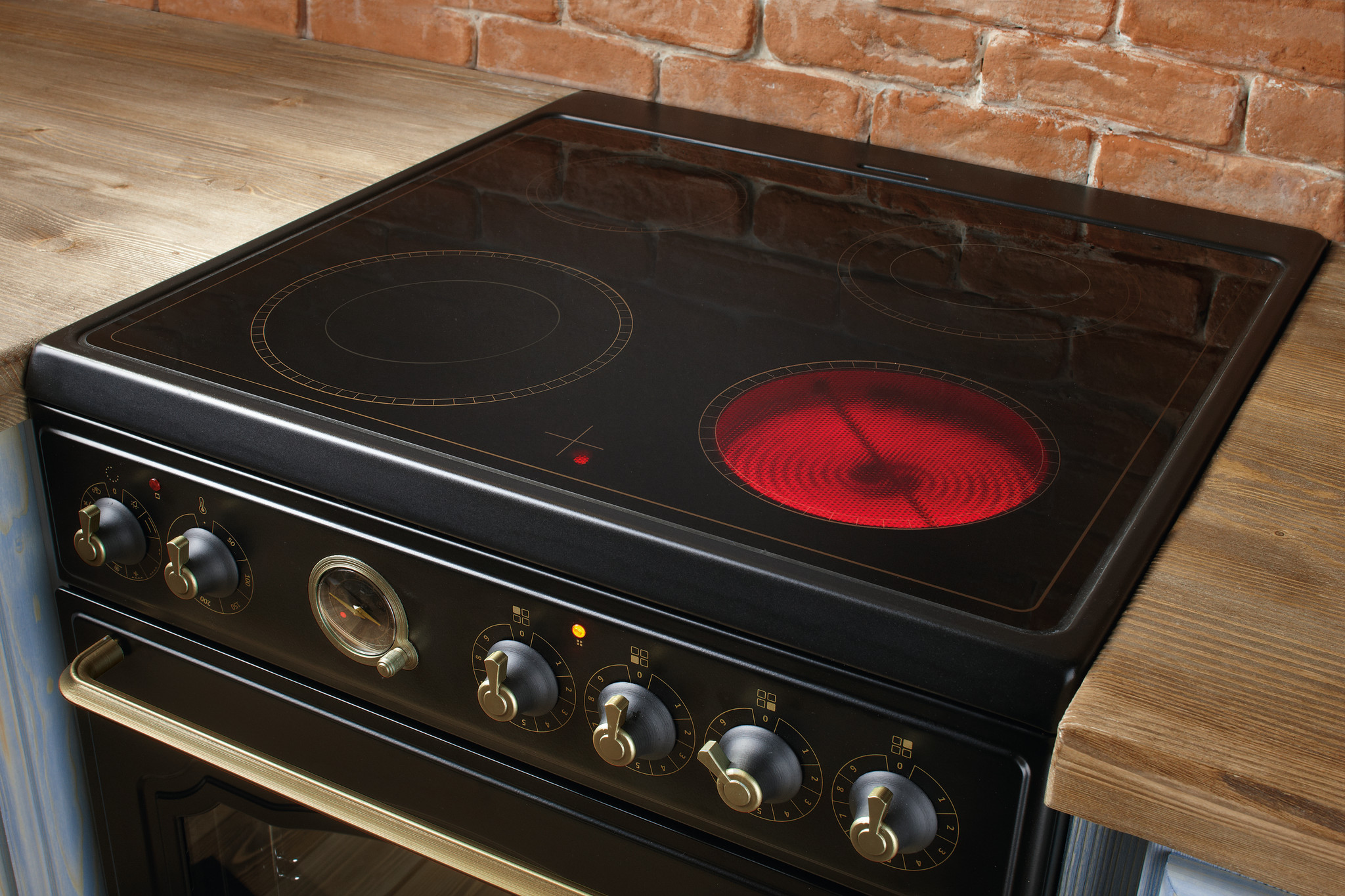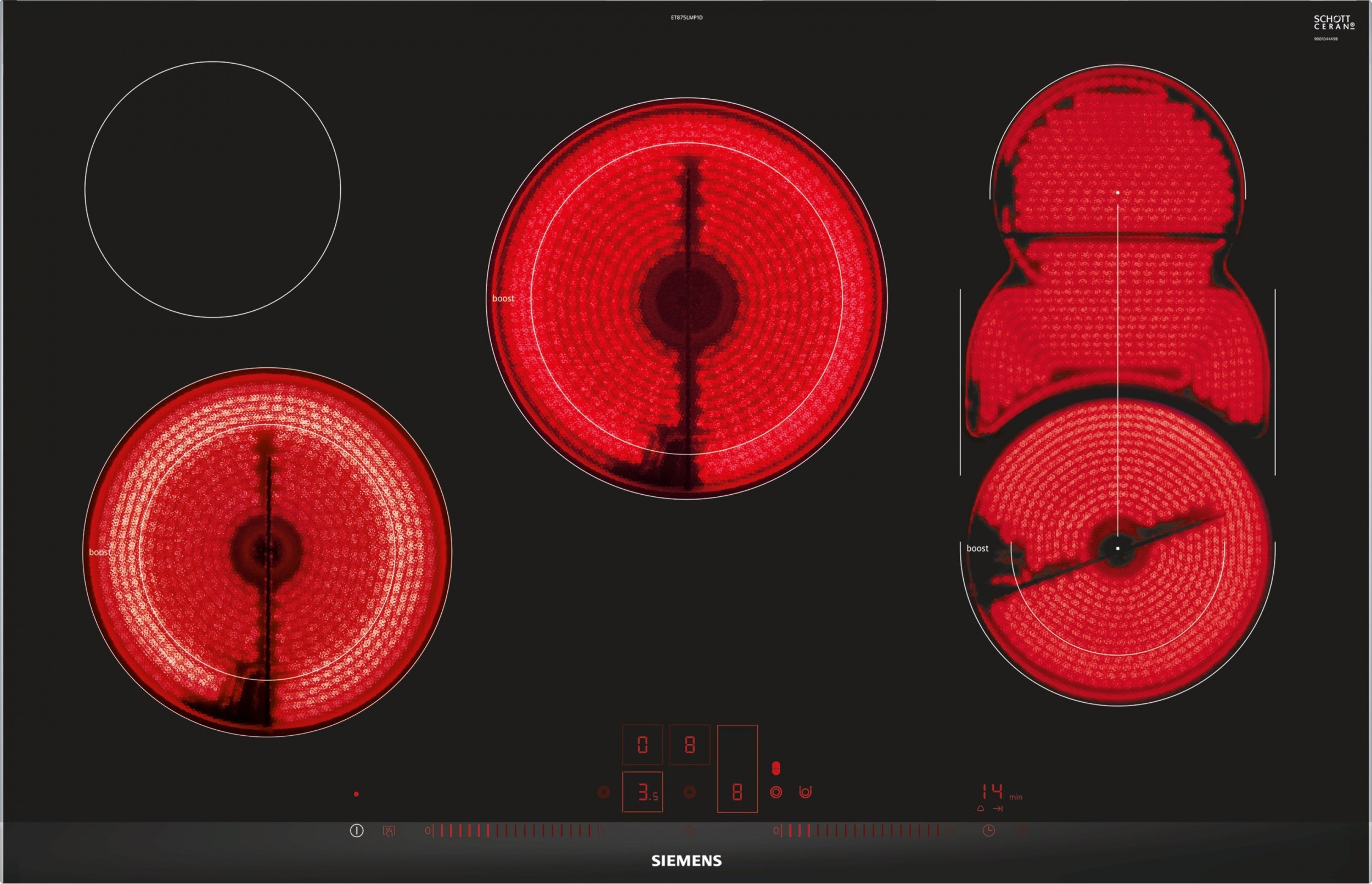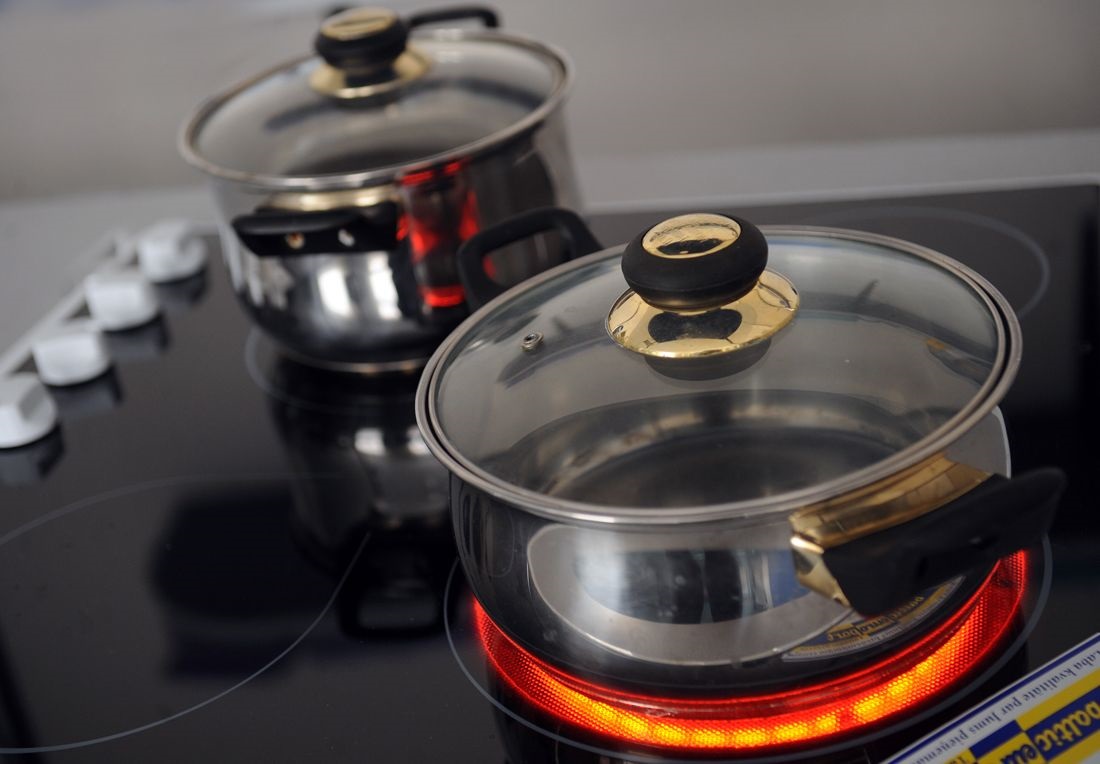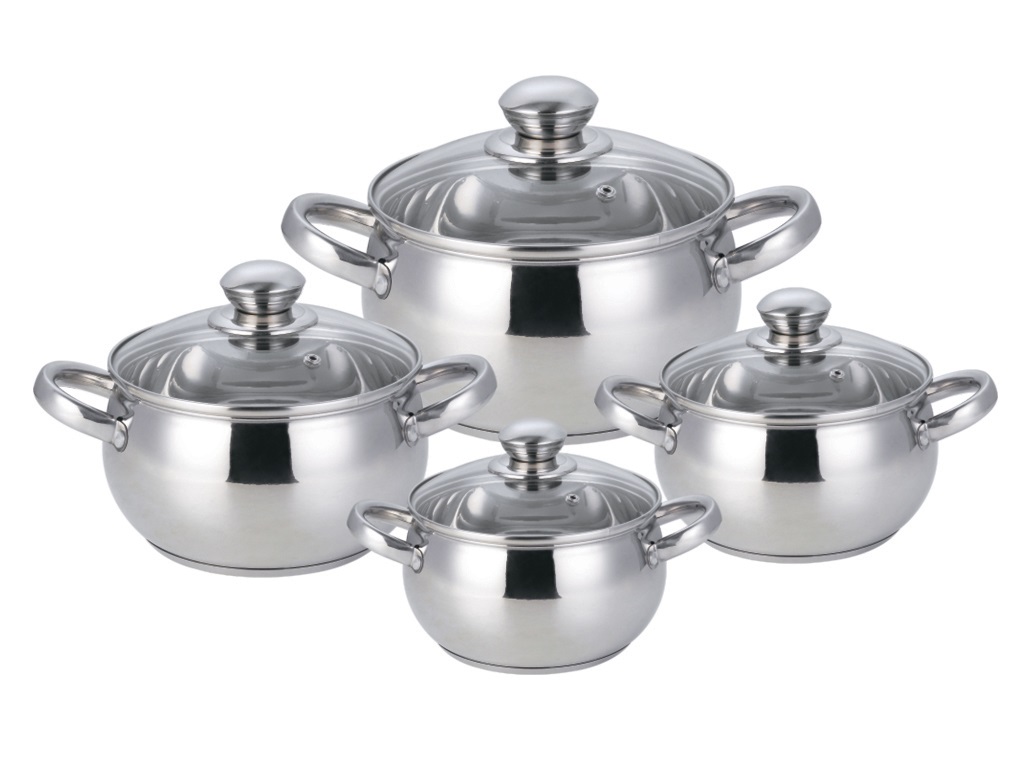Which cookware is suitable for the glass ceramic hob
In many modern apartment buildings with a height of more than 12 floors, gas connection is impossible for safety reasons. Therefore, the main source of energy for cooking is electricity.

This also applies to stoves - at the moment, ceramic hobs appear most often in modern kitchens. When using them, be sure to use suitable cookware. How to choose it, use it correctly and as effectively as possible, is described below.

Types of stoves and types of hobs
Cookware for ceramic hobs has certain differences depending on the type of heating element. Hobs are:
- induction;
- with heating elements.
Regardless of the type of heating element, any cookware used on the hob must have a perfectly smooth surface. In this way, the best heat transfer from the heater is achieved. Any air gap between the bottom and the panel will significantly increase the amount of electricity needed to heat up or cook a dish.

Before purchasing it is important to check that the manufacturer has indicated that it can be used with hobs. This is a critical point for induction models.
In the most functional of them, special sensors are provided that will not allow the stove to even start working, having determined that the installed dishes are not suitable. This is due to the fact that pans or pans with a special magnetic bottom material must be used for induction hobs.

Correctly selected glassware for glass ceramics will provide optimal heat transfer and cooking time, saving money on electricity.

In case of selection errors, you can not only significantly increase the cost of electricity, but in some cases damage the surface of the panel. This often happens when trying to use used kitchen items, especially those previously used on gas stoves - in this case, the surface burns quite often, and on the panel, such marks are difficult to remove when transferred from dishes.

Heating features
If the panel uses conventional heating elements, heating elements, they provide surface heating and further transfer of such heat. As already mentioned, the better the contact between the panel and the cookware, the faster and more efficient heat transfer takes place.

In induction models, things are a little different. Specially built-in elements create heat directly in the surface of the utensil, without first transferring it to the panel itself. This makes this technique much more efficient and economical.But at the same time, when switching to an electric panel from a gas one, you will certainly need to purchase additional dishes with a special surface.

What kind of dishes is suitable
There are two main criteria in the choice of dishes. The first is the high flatness of the bottom surface, the second is a special material for the induction hob. In all other matters, the nuances of choice depend more on personal culinary preferences.

What utensils are best suited, we will consider further.
Enameled
The enamelled surface of the cookware can be used on hobs, however, in this case, several mandatory requirements must be observed:
- The enamel surface must be perfectly clean and even.
- It is unacceptable to use such utensils empty, which may result in irreparable damage to the surface. This will inevitably lead to a deterioration in heat transfer, and hence an increase in the amount of electricity consumed.

Stainless steel
Stainless steel is an excellent metal to use on hobs. It is best if such pots or pans have a thickened bottom. This will help not only improve thermal conductivity during heating, significantly speeding up this process, but also provide additional protection for the side walls from deformation.

Among other things, such utensils are very unpretentious to use and can be washed even with aggressive accessories, such as a metal sponge or highly abrasive cleaning powder.
Note! For induction hobs, the presence of a magnetic layer is obligatory even for metal cookware.

Aluminum
It is prohibited to use pure aluminum utensils on hobs. The reason for this is the high degree of metal deformation from excessive heating. However, with a special bottom coating, such utensils will be an excellent companion for any chef. Ceramic or Teflon can be used as a coating, and the bottom of aluminum pans is often made of steel.

Among other things, aluminum requires a rather careful handling - we wash it with clean water without chemicals (they can react with metal), and such utensils must be kept dry during storage.

Heat resistant glass
Cookware for a glass ceramic hob made of glass also copes with its main purpose. At the same time, this material has rather low thermal conductivity, which means that more time will have to be spent on cooking, especially in comparison with other materials.

It is recommended to use glass objects if you need long and prolonged simmering at a constant heating temperature.
Therefore, all other things being equal, it is recommended to purchase and use dishes with higher thermal conductivity for permanent use.

Cast iron
The qualities of cast iron are in many respects similar to those of metal, with the exception of weight, which often causes damage to the hob, and sometimes completely renders it unusable. The same factor negatively affects thermal conductivity, because the stove takes much longer to warm up the body thoroughly, and only then begin to heat the dish itself inside it.

In addition, it is not always possible for manufacturers to achieve ideal surface smoothness when using this metal.
How to choose the right dishes
When choosing utensils for hobs, there are several rather important nuances, which we will talk about further.
Note! Ignoring the mandatory requirements for hobs, especially induction hobs, can lead to its complete failure.
Bottom
First of all, it is necessary to note once again the mandatory requirement for the flatness of the bottom. Any foreign deposits, especially those left after using gas stoves, can clog the hob and significantly reduce the heating efficiency.

It is recommended to use a bottom with a diameter corresponding to the dimensions of the individual panel. For a smaller diameter of dishes, an increased energy consumption inexorably appears, with a significant increase, protection may work and heating may not start at all. For the best heating, it is recommended to choose utensils with a bottom thickness of at least 3mm.

The easiest way to check if a metal surface is suitable for an induction hob is to use a magnet. If the bottom is magnetised, the cookware can be used. However, one hundred percent guarantee of the best quality of heating and compatibility will be given by purchasing cookware with a suitable magnetic layer.
Volume
The volume of the cookware in question should be considered not only on the basis of energy efficiency. Too large utensils can completely damage the panel. Therefore, it is recommended to carefully study the requirements for each model before using this or that dish on it.

Wall thickness
The wall thickness must be considered in terms of the most efficient heat transfer. At the same time, too small a thickness can lead to deformation of the cookware.
For most recipes, pots and pans with 2–3mm sides are fine. thickness.

Note! If utensils are too thin, the heating element may fail due to excessive overheating.
Lid
There are no special requirements for the lids, the basic rule is that they must ensure optimal heat exchange inside during cooking, as well as remove excess steam when it appears. At the same time, the lid must remove enough steam so that it does not condense on the hob.
The best advice in this case is to purchase utensils for hobs as a set with lids at once, in which all heat transfer indicators are maximally observed.

Which dishes are not suitable
It is strictly forbidden to use glass-ceramic cookware on these surfaces. Due to the peculiarities of heating, spot heating of such utensils at a low rate of heat transfer of the material itself can cause both damage to glass ceramics and the failure of household appliances.

Tips for the care and use of dishes
The main nuance in care is to keep the bottom surface in an even and clean state. In this case, you can ensure a long service life not only of the dishes themselves, but also of the rather expensive hob.
Having carefully studied from our article which cookware is suitable for a glass-ceramic stove, you can easily choose, purchase and properly use a wide variety of utensils for effective and widespread hobs today.
Video: which cookware is suitable for an induction cooker









